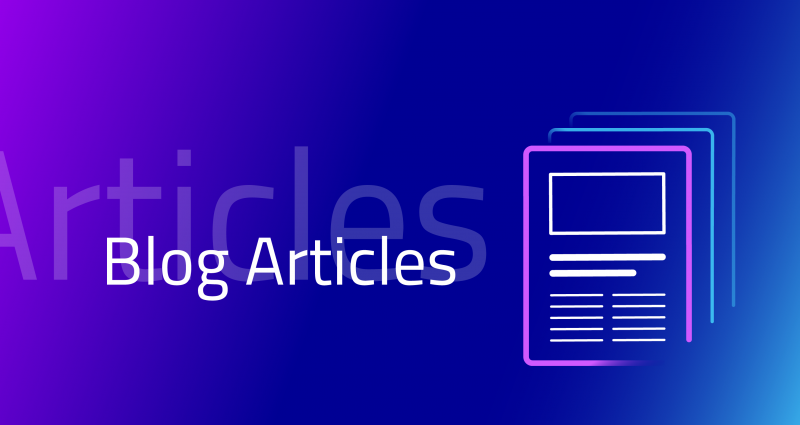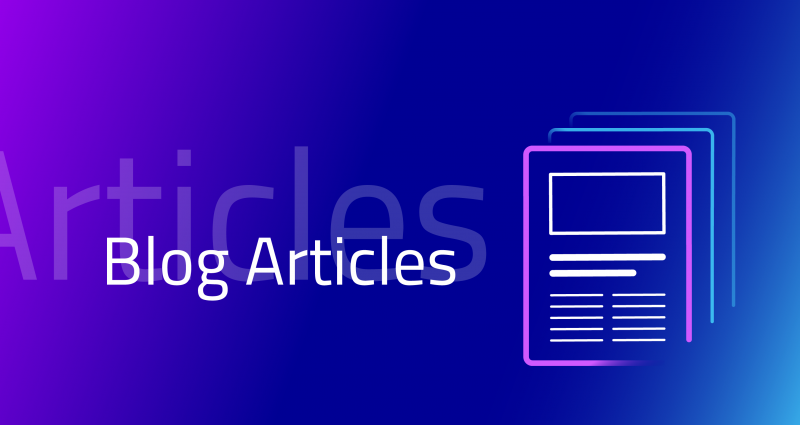
Earth observation data is a unique source of information. It can be combined with administrative, social, and economic data at multiple scales for an in-depth policy analysis. In the era of big data, the explosive growth of Earth observation data and the rapid advancement in cloud computing technology necessitate for a European digital ecosystem that advances innovations and new data-driven services and applications.
The challenges of the present Earth Observation data analysis process
In today’s world, Earth Observation (EO) data analysis often requires the download of satellite images, requiring a great deal of Internet bandwidth and time. Meanwhile, we can only expect that the number of data repositories will keep increasing over time. For instance, the already complete series of Copernicus satellite data repositories hold well over 30 PBytes with a daily growth of more than 25 TBytes.
Given these facts, it was necessary to develop an open-source solution that allows data providers and users to process the data in a cloud environment. The cloud-based systems should be able to efficiently deliver and process data for Destination Earth tasks. By maximising the use of existing resources, EO products would become part of an open, transparent digital ecosystem in which data and services can be made available, collected, and shared in a trustworthy environment. It is for this reason that Gaia-X was set up.
What is Gaia-X?
Gaia-X is a European Association for a federated data infrastructure. It is a project initiated by Europe for Europe and beyond. It aims to guarantee performance and competitiveness while providing security and trustworthiness.
The architecture of Gaia-X is based on the principle of decentralisation, just like the blockchain network. Gaia-X is the result of a multitude of individual platforms that will all follow a common framework and specifications. Together, they create a data infrastructure based on the values of openness, security, transparency, and trust.
With Gaia-X, representatives from business, science, and politics on an international level work together to create a federated and secure data infrastructure — an open, transparent, and secure digital ecosystem, where data and services can be made available, collated, and shared in a trustworthy environment. In other words, companies, academics, politicians, and any citizen can collate and share data in such a way that they keep the end control — they decide what happens to their data, where it is stored, and always retain data sovereignty. So, the end product is not a cloud offering, but a networked system that links many cloud service providers together, eventually creating a common and standardised approach to create use cases and business services.
How Gaia-X works
Being a decentralised network, similarly to the blockchain, Gaia-X links different infrastructures to form a homogeneous system. Its digital ecosystem thrives on security, sovereignty, and trustworthiness. It functions on transparency: the idea is based on the open-source approach.
The ecosystem strengthens both the digital sovereignty of the users of cloud services and their ability to scale, promoting the competitive position of European cloud providers. Through Gaia-X, various elements should be interlinked via open interfaces and standards, to link data and create business innovation. Small companies can benefit from guaranteed market transparency.
How the Gaia-X project can help in EO data analysis
Gaia-X was created to support the development of a digital ecosystem in Europe, which enables innovations and new data-driven services and applications that will eventually flourish the next generation of digital economy. While Gaia-X aims to establish data sovereignty in Europe, to counteract monopolistic tendencies, it supports innovative cross-sector collaborations, to aggregate and increases the value of data for the benefit of the user and the provider equally.
The project enables federated, stable, comprehensive, efficient, and simple access to EO data for immediate use and further processing for every customer. In addition, there would be a reduction of carbon footprint through deduplication and retention of data instead of repeated generation if necessary. For example, Gaia-X usage can be seen in providing EO-based products — maps and georeferenced data sets — to users from various communities, like the Digital Twin Earth (DTE) initiative. The system enables operators of the DTE precursors to perform multitemporal analysis on a local to the global scale, which makes it applicable to many aspects of the Destination Earth-related projects.
Some of the added values the Gaia-X project offers include:
- The integration into Gaia-X enables federated, stable, comprehensive, efficient, and easy access to Earth Observation data for immediate use and/or further processing for each customer.
- Apart from the infrastructure, Gaia-X offers an important set of specifications, and a federated catalog, identity management, and standards for labelling, compliance, architecture, policy rules, trust, and interoperability.
Which is the Gaia-X impact to businesses
Gaia-X offers businesses, especially small and medium-sized enterprises (SMEs), a unique and exciting way to digitalise without needing significant in-house resources. SMEs often find it difficult to keep up with the ever-developing requirements of digitalisation and tap into the potential offered by cloud services and artificial intelligence (AI), even when they have skilled staff, promising business models, and great products. Gaia-X is set to solve that problem. The project enables innovation by giving a large community of users access to a state-of-the-art, secure, distributed, and sovereign European data infrastructure. With Gaia-X, SMEs can digitalise without having to set up a huge tech unit.
Conclusion
Earth Observation data analysis is becoming increasingly complicated, as it plays major roles in different areas of life, including the United Nations sustainable development goals. This is why the Gaia-X project is hugely important.
It strengthens both the digital sovereignty of the users of cloud services and their ability to scale, promoting the competitive position of European cloud providers and respective. It offers SMEs a way to digitalise without needing significant in-house resources, while it saves on costs for bigger companies.
